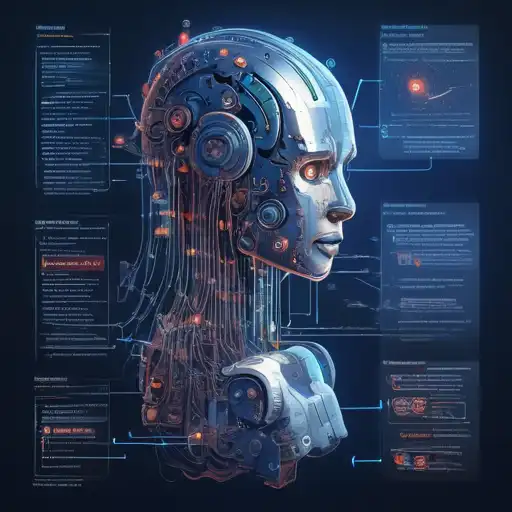Introduction to Machine Learning Algorithms
Machine learning algorithms are the backbone of artificial intelligence, enabling computers to learn from and make decisions based on data. For beginners, understanding these algorithms can seem daunting, but with the right approach, it becomes an exciting journey into the world of data science.
What Are Machine Learning Algorithms?
At their core, machine learning algorithms are mathematical models that allow computers to learn patterns from data without being explicitly programmed. These algorithms can be broadly classified into three categories: supervised learning, unsupervised learning, and reinforcement learning.
Supervised Learning Algorithms
Supervised learning algorithms are trained using labeled data. This means that the input data is paired with the correct output, allowing the algorithm to learn by example. Common examples include:
- Linear Regression
- Logistic Regression
- Decision Trees
- Support Vector Machines (SVM)
Unsupervised Learning Algorithms
Unsupervised learning algorithms, on the other hand, work with unlabeled data. They try to find hidden patterns or intrinsic structures in the input data. Examples include:
- K-Means Clustering
- Principal Component Analysis (PCA)
- Association Rules
Reinforcement Learning Algorithms
Reinforcement learning is a type of machine learning where an agent learns to behave in an environment by performing actions and seeing the results. It's widely used in robotics, gaming, and navigation. Examples include:
- Q-Learning
- Deep Q Network (DQN)
Choosing the Right Algorithm
Selecting the right machine learning algorithm depends on the problem you're trying to solve, the nature of your data, and the desired outcome. Beginners should start with simpler algorithms like linear regression or decision trees before moving on to more complex models.
Practical Applications
Machine learning algorithms have a wide range of applications, from predicting stock prices to powering recommendation systems on e-commerce sites. Understanding these algorithms opens up numerous opportunities in the field of data science and artificial intelligence.
Conclusion
Machine learning algorithms are a fascinating area of study with the potential to revolutionize industries. For beginners, starting with the basics and gradually exploring more complex algorithms is the key to mastering machine learning. With practice and patience, anyone can learn to harness the power of these algorithms to solve real-world problems.
